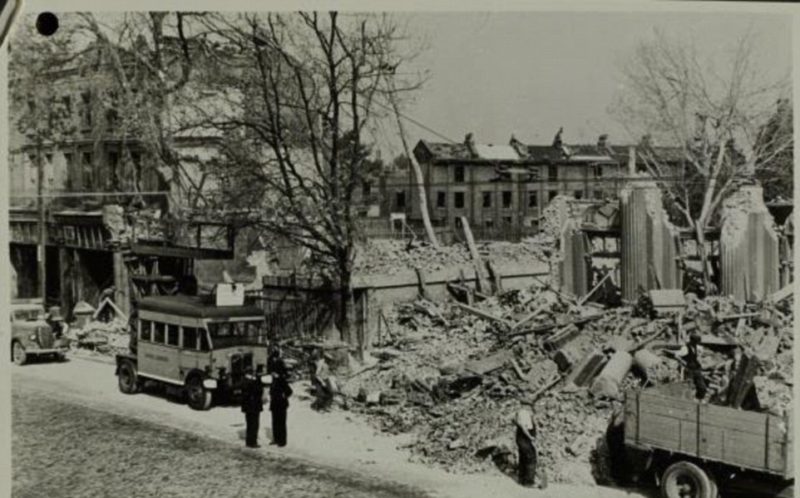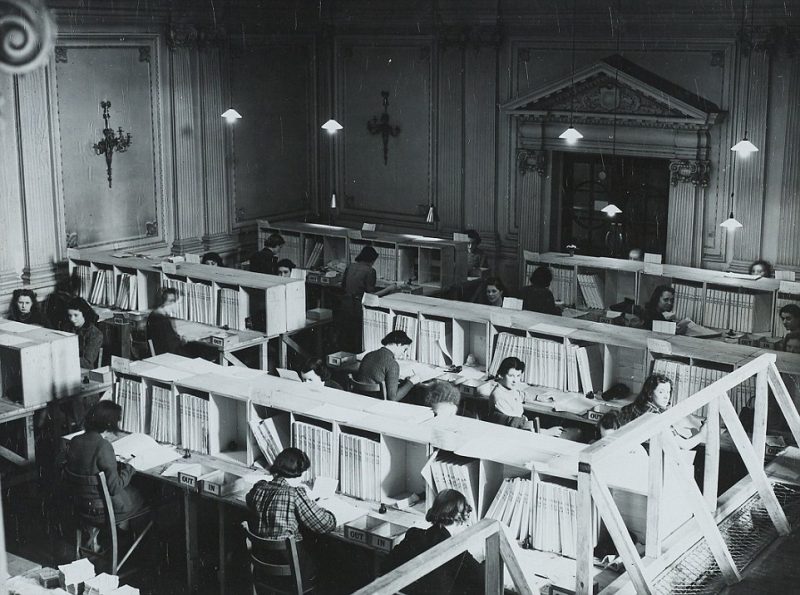In the days leading up to the Second World War, authorities in Britain carried out an elaborate census which was then dubbed as the ‘register’. This was not the first time that such an undertaking was authorized in Britain; there had already been two censuses in Britain since the dawn of the twentieth century. However, these projects did not meet the expectations and there was a need of a proper census in order to have a broader picture of the British population. A similar population record took place in Britain in 1914; however people did not give out correct information about the number of children fearing the forced conscription.
Now for the first time, 1939 register has been made public and is rich with a number of factors that describe the dynamics of British society, going into the most deadly conflict of the century.
The aim was to gather as much information as humanly possible, in order to aid the authorities while planning for evacuation and food rationing in case the war reached Britain. As a result, a most comprehensive data about British population was painstakingly compiled, with a detailed glimpse into the wartime Britain.
A total of 65,000 staff was given the task to visit some 16 million households up and down the country to collect all the relevant data of 41 million Brits. The resulting information comprised of 1.2 million pages in 7,000 volumes, that could beat the St Paul’s Cathedral if stacked on each other. People were asked to provide their names, date of birth, occupation, ages, marital status etc. The orders were that no household or person was exempt from the register, even the data of King and Queen in Buckingham Palace was also put on the register.
According to the register, the common female name in pre-Second World War Britain was Mary, whereas men were mostly named John. For men, the most common job title in 1939 was ‘retired’ while Clerk was the second most popular occupation. Women were most likely to be housewives or as it was categorized in the register as ‘unpaid domestic duties’, other top female occupations included shop owner/worker and Clerk or admin duties.

Another surprising figure that comes out of the register is the fact that in 1939 there were only 111 people in Britain who aged 100 years or above. Whereas in 2013, the number of old people above 100 was a staggering 12,320, courtesy better living conditions and adequate health facilities.

A total of 46.2 percent of the population in the late 1930’s were married while 45.6 percent classed themselves as single. The divorce rate at that time was close to zero, as only 0.1 percent of people were recorded as divorced, some 6.5 percent were widowed according to the register. (Mail Online)
The digitized format of the detailed register has now been launched on the web by Find My Past in collaboration with The National Archives, Find My Past are said to be the experts in family history tracking in Britain. The online search on the register is free of charge; however viewers have to pay a small fee if they wish to see the details regarding their searches.